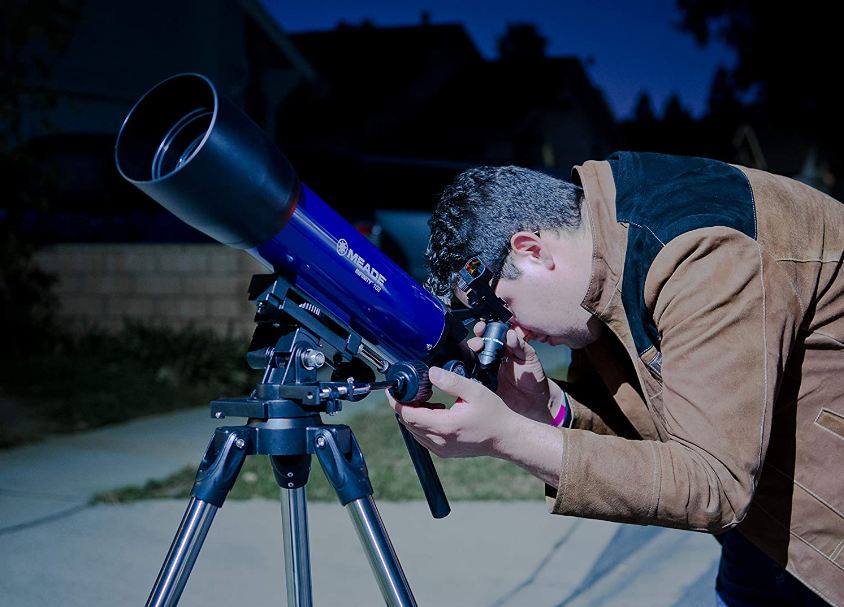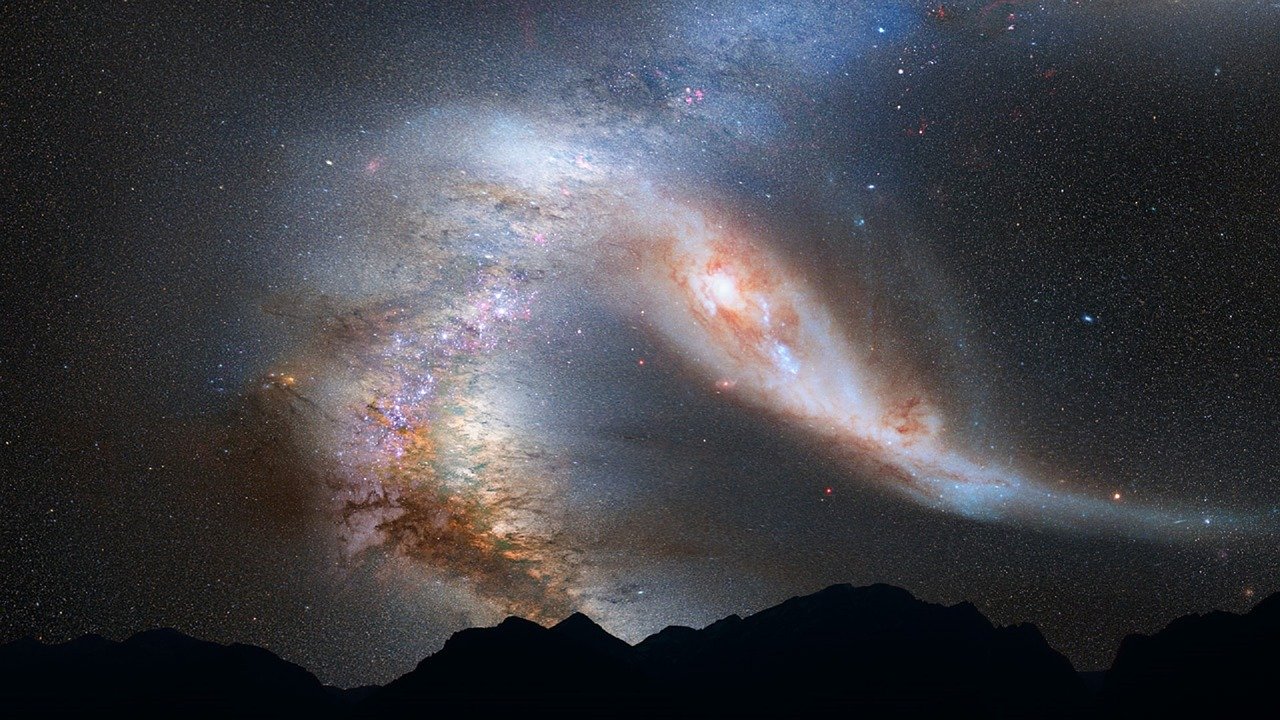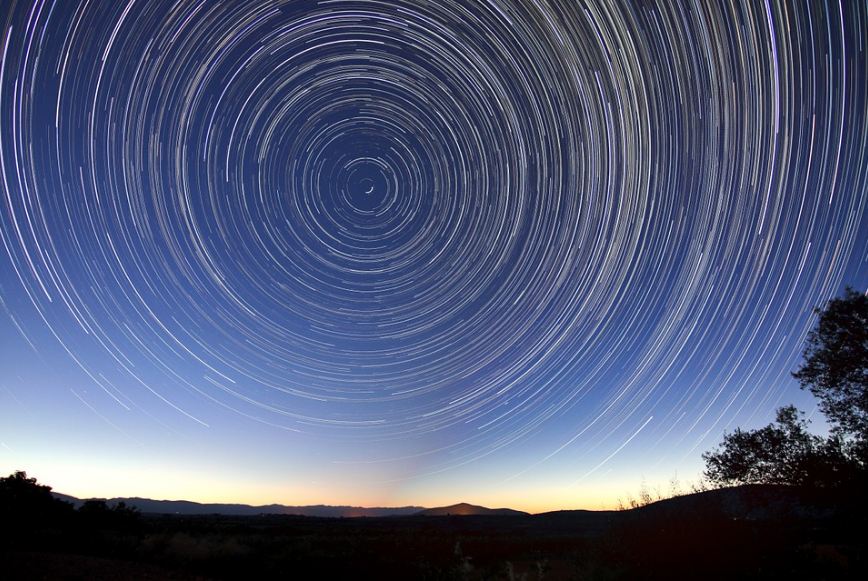What Constellations Are Visible With The Naked Eye
The night sky can be a breathtaking spectacle once you leave the city lights behind. It is filled to the brim with stars, shooting stars, and a few planets too. Our ancestors, too, gazed upon the stars just like we do today, and among the stars, our ancestors found meaning and guidance. … Read more










